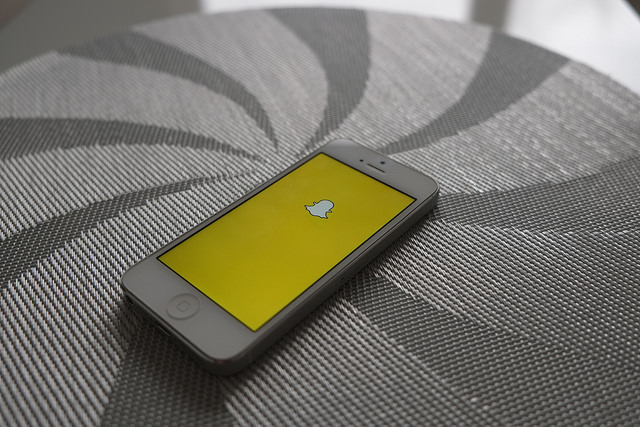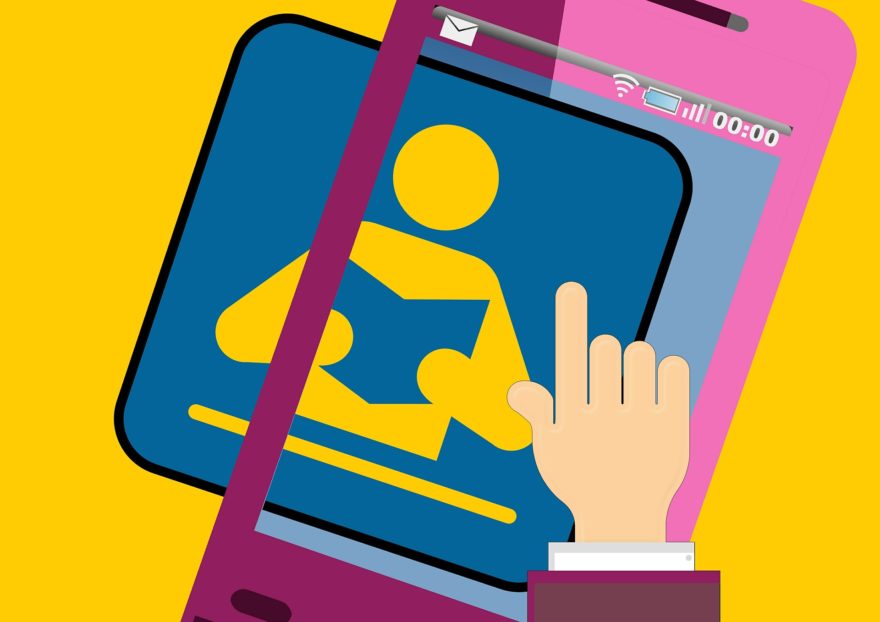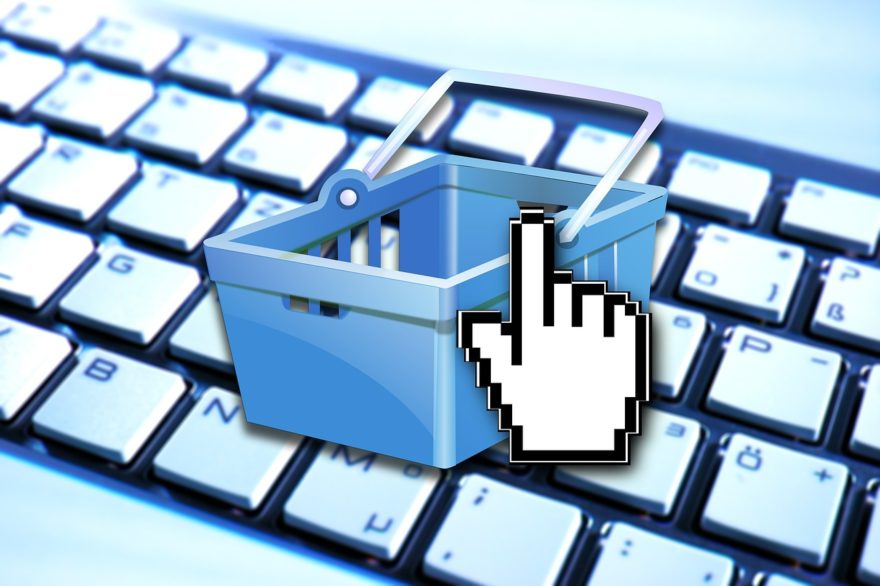Gone are the days when Snapchat was the go-to platform for teen running away from prying eyes. Now, more and more people are interested in the platform’s marketing capabilities – and its developers are working to make it easy for those people to get in. Last month, the company has changed its name to Snap.Inc, and launched their first physical product to the market: a pair of sunglasses with a camera that allows to capture video for 10 minutes, in order to publish it later on Snapchat.
The app now has almost 60 million of active users in US and Canada each day, and that amount is expected to grow by 27% this year. That quantity places it on top of Twitter, with a projected revenue for 2018 of $1.76 billion, according to a forecast from eMarketer.
Yet, even with such an increasing popularity, Snapchat can be tricky and confusing, even for its own users. And although Snapchat has been in the market since 2011, it’s still hard to crack by marketers. They see this social media network as a gold mine, because of it’s large millennial and Gen Z users database, but also as a very tough one, due to its interface and logic. In fact brand stories that only last 24 hours are a challenge for marketers.
So, Snapchat is trying to make it easier for marketers like us to use the platform for our marketing efforts. But how? The platform was not offering lots of advertising and measurement options as other social media networks do. This has all changed now:
- They’ve opened and shared their API for programmatic buying, which includes targeting via email matching, performance analytics tools and A/B testing for ads, among other features.
- They’ve launched three ad targeting tools: Snap Audience Match, Snapchat Lifestyle Categories, and Lookalike Audiences.
- Although at first Snapchat was over protecting users from “creepy ads”, they are now about to cross the fine line, by introducing behavioral targeting, based on user’s activity on the app.
We want to join forces, and so we leave here a piece of advice and some clues for you to solve the puzzle:
- Focus on filters. As tags on twitter, Snapchat users are crazy about filters. Special dates in the year and events could be a hint.
- Engage users with polls or contests. Just try the traditional A/B screen that we’ve been using for Facebook and you’ll be fine.
- Drive traffic into your profile. This could be done by adding your Snapchat account to your Instagram, or by email marketing with a QR code (that’s just an example, you can figure out your own way).
- Get users to create your content. Of course user generated content is always better, on every social media network.
No one has really figured Snapchat out, and so leading brands are trying to market on the platform, because as always, the first ones will be the ones to get more revenues. And that’s what this article is about. It’s a matter of deciding if you’re between the leading ones, or if you’ll just wait for them to crack this. What will it be?
Pic copyright: https://www.flickr.com/photos/67683836@N02/16910572286/








